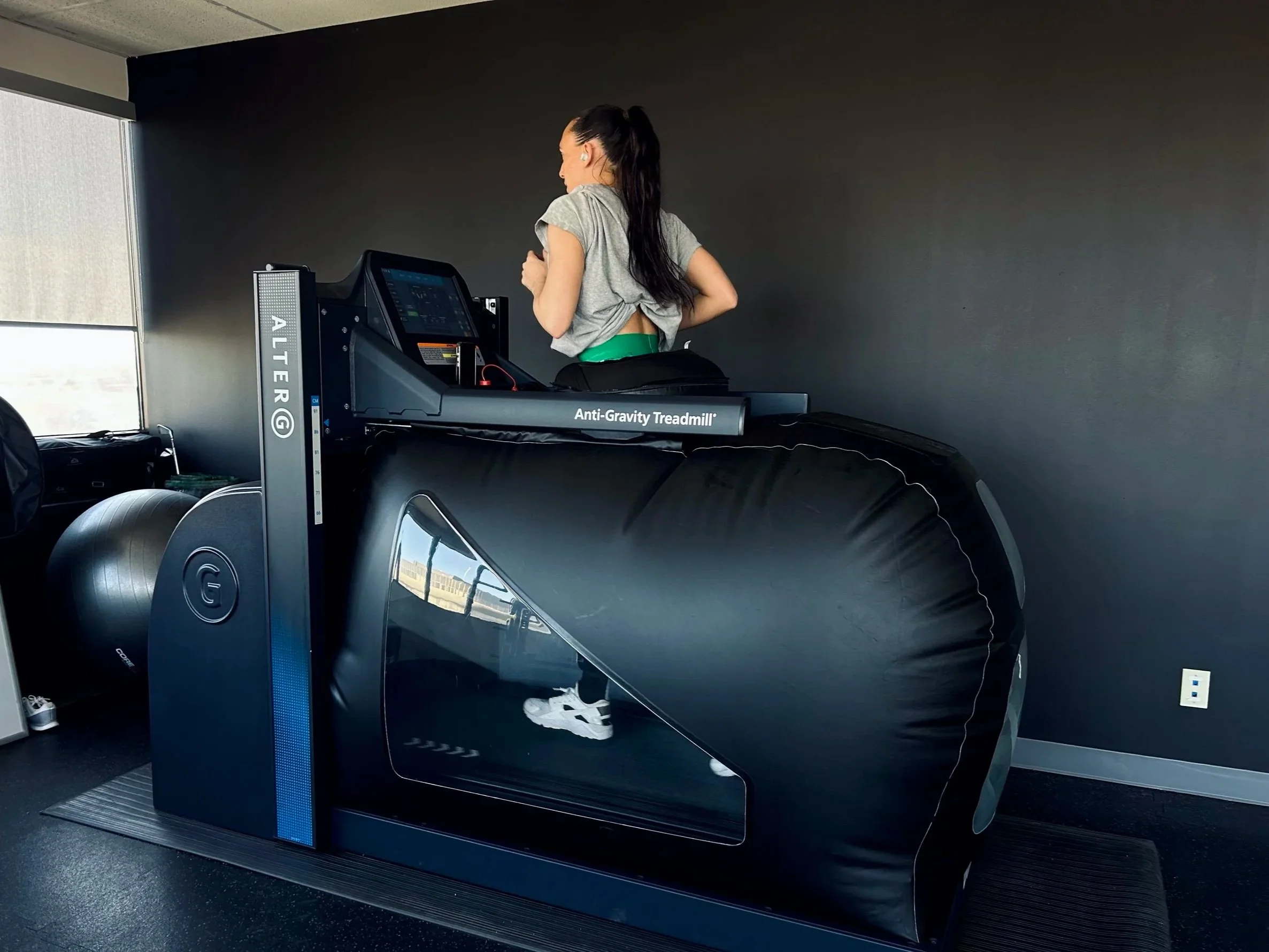The Secret to Injury-Free Training: Load Management Explained
Whether you’re a weekend warrior, competitive athlete, or someone who just loves staying active, one question always comes up: How can I train hard without getting hurt? The answer is simpler than you might think! It comes down to load management.
At Elevate Rehabilitation in Oakville, we see athletes and active adults all the time who push too hard, too fast, and end up sidelined by overuse injuries. Understanding how to manage your training load is smart and essential for staying healthy and performing at your best.
What is Load Management?
Load management is the practice of balancing how much stress your body experiences with how much recovery it gets. It’s not just about training less, it’s about training smart.
Your “load” includes:
Volume: How long or how many repetitions you do
Intensity: How hard your workouts are
Frequency: How often you train
Type: The kind of movement or sport stress (running, lifting, jumping)
If any of these factors increase too quickly without adequate recovery, your risk of overuse injuries rises. Examples include stress fractures, shin splints, tendonitis, or shoulder and knee pain.
Why Load Management Matters
Athletes often think that “more is better,” but the truth is: more without proper recovery is a recipe for injury.
Here’s why load management is so important:
Reduces Overuse Injuries – Gradually increasing volume and intensity allows bones, muscles, and tendons to adapt safely.
Supports Long-Term Performance – Smartly planned training ensures consistent progress instead of repeated setbacks.
Promotes Recovery – Your muscles, joints, and nervous system need time to repair and strengthen.
Prevents Burnout – Mentally and physically, training smarter keeps athletes motivated and engaged.
Signs You Might Be Overloading
Even experienced athletes sometimes miss the early warning signs of overtraining. Watch for:
Persistent soreness that doesn’t go away
Pain during or after activity that worsens over time
Decreased performance despite consistent effort
Trouble sleeping or low energy
Frequent illness or delayed recovery
If you notice these signs, it’s time to re-evaluate your training load.
How to Manage Your Training Load
Effective load management allows you to train smarter, recover fully, and reduce the risk of injury while still making consistent progress toward your goals. Here’s how we guide athletes at Elevate:
1. Track Your Workload
Keep a log of your training volume, intensity, and type of activity. This gives insight into patterns and helps prevent spikes that lead to injury.
2. Gradual Progression
The “10% rule” is a common guideline: increase mileage, reps, or intensity by no more than 10% per week. Small, steady increases allow your body to adapt.
3. Include Recovery Days
Rest is part of training. Use low-impact activities like cycling, swimming, or our Anti-Gravity treadmill to maintain fitness while reducing stress.
4. Strength and Mobility Work
Targeting key muscles and maintaining flexibility reduces compensatory stress. Exercises for the core, hips, glutes, and calves help absorb force and protect joints.
5. Listen to Your Body
Pain and fatigue are signals, not weaknesses. Early intervention, like seeing a physiotherapist or athletic therapist, can prevent small issues from becoming serious injuries.
The Role of Our Team in Load Management
At Elevate, we combine professional expertise and hands-on tools to help you train smarter:
Physiotherapy & Athletic Therapy – Identify weaknesses, address imbalances, and create individualized training plans.
Chiropractic Care – Optimize joint alignment and movement mechanics to reduce compensatory stress.
Recovery Tools – Normatec compression boots, cryotherapy machines, and targeted manual therapy help speed recovery and reduce inflammation.
Performance Monitoring – We track progress, adjust programs, and educate athletes on safe progression.
Practical Tips for Everyday Athletes
Even outside of the clinic, you can start applying load management principles today:
Plan your training week – alternate high- and low-intensity days.
Use cross-training – swap high-impact sessions for cycling or swimming occasionally.
Warm up and cool down – prep muscles for activity and aid recovery.
Prioritize sleep and nutrition – your body repairs itself when well-rested and fueled.
Book check-ins – early assessment with a practitioner can prevent small issues from becoming injuries.
The Takeaway
Injury-free training isn’t a secret, it’s about intelligent planning, gradual progression, and listening to your body. By managing your training load, you not only reduce your risk of injury but also optimize performance, recover faster, and enjoy long-term success in your sport.
At Elevate Rehabilitation in Oakville, we guide athletes through safe progression, active recovery, and personalized rehab plans so you can train hard, stay healthy, and reach your goals.
📍 710 Dorval Dr Unit 520, Oakville, ON
📞 (289) 835-2949
💻 https://www.elevaterehabilitation.com/


